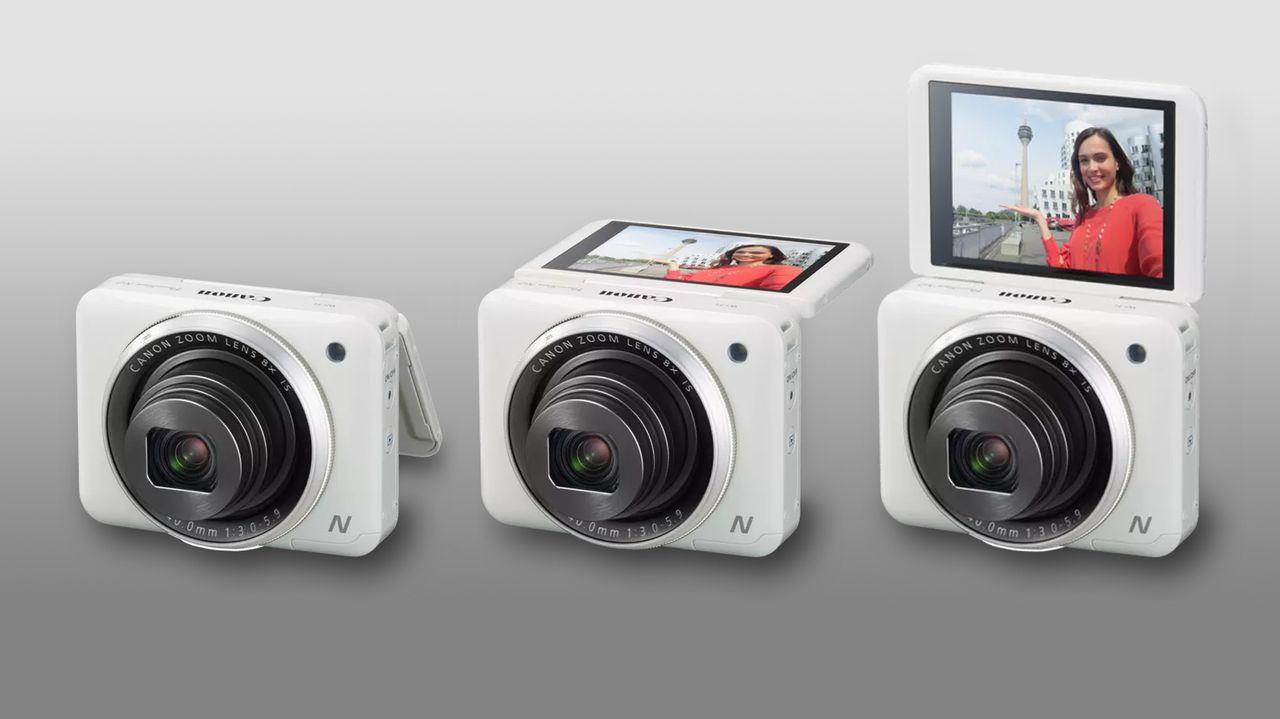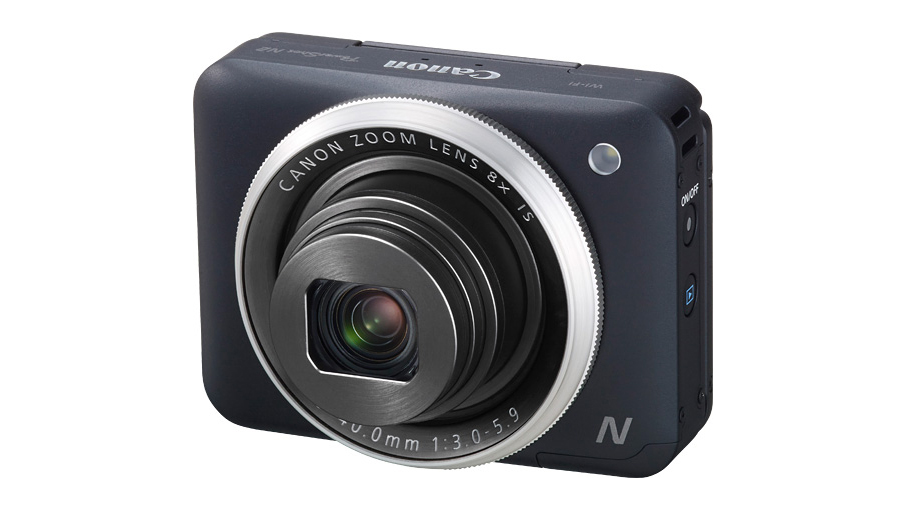
The other day, I stumbled upon the Canon PowerShot N2 – an ultra compact camera I'd honestly never paid much attention to before. But something about its quirky design and minimalistic charm caught my interest. Digging deeper, it becomes clear: this camera isn't a full-frame powerhouse; it encourages something many newer models often forget – pure creativity.
In a world where compact cameras like the Sony RX1R III, Fujifilm GFX100RF, or Leica Q3 dominate headlines with specs and high price tags, the Canon PowerShot N2 stands quietly in the background – cheerful and refreshingly different. And here's the thing about the modern premium compact cameras: you don't need 61MP or a full-frame sensor unless you're printing billboards.
What, in my opinion, is much more important is to train your photographer's eye. This little Canon enables you to skip the technical noise and jump straight into making images. Less focus on the gear, more on the shot, to create real, playful, perspective-driven images.
Launched back in 2014, and now officially over a decade old (!), the Canon PowerShot N2 is long discontinued but still floating around used marketplaces like eBay or MPB often for under £300 (approximately $407 / AU$621). And it's absolutely worth picking up.
Let's talk about specs: it features a 16.1MP 1/2.3-inch sensor, an 8x zoom lens (equivalent to 28-224mm in full-frame terms) and an aperture range of f/3-4.9. Sure, some compacts start at 24mm, but 28mm is still plenty wide for creative street, travel and everyday photography. You can also shoot video in FullHD.
But what really makes the Canon PowerShot N2 stand out is its design. It's symmetrical, ultra-compact and intentionally minimal. There are barely any buttons. Instead, it features a unique dual-ring shutter – one on the top, one on the bottom – so you can shoot in any orientation. Canon calls it "any way up" shooting, and it opens a whole new world of creative freedom.

Then there's the flip-up touchscreen – a 180° tilt screen that invites you to look up, down, sideways and see your world differently. When people tell me that they feel uninspired or are bored with shooting familiar environments, my first advice is always to change your angle; look straight up, shoot from the floor. The Canon PowerShot N2 makes that not just easy, but fun.
Lastly, let's discuss the Creative Shot mode. This one captures five artistic variations of your original image, automatically applying filters. There's even a Creative Shot Movie mode for the video-curious among us.
It's all about sparking new ideas, breaking out of routines, and finding joy in unpredictability. Obviously I can't compare this little Canon directly to the Sigma BF, but the BF is also a minimalistic-designed camera that, as Sigma CEO Kazuto Yamaki highlighted, should enable us to focus on the joy in everyday photography again.
Now, I can already hear the questions: "But what about manual settings? Where's my control over ISO and aperture?" And yeah – you can fine-tune exposure adjustments in a very simplified manner, by dragging your finger up or down to increase or decrease the exposure (similar to on a phone).
However, the N2 handles all the exposure decisions for you in Smart Auto mode, and sometimes it's nice to let go of the technical stuff. This camera's whole philosophy is about freeing your mind to see, frame and shoot without overthinking.
Is the Canon PowerShot N2 for serious professionals? At first glance, no. But maybe that's the point. Maybe it's the perfect sidekick for a photographer who wants to play again. To explore, experiment, and reconnect with the basics – perspective, composition, timing, style.
For me, it's a breath of fresh air. A little reminder that gear doesn't make the shot – you do. And sometimes, the best camera is the one that enables you to forget about the camera entirely.

You might also like...
Explore the best Canon cameras, the best compact cameras and the best point and shoot cameras.







